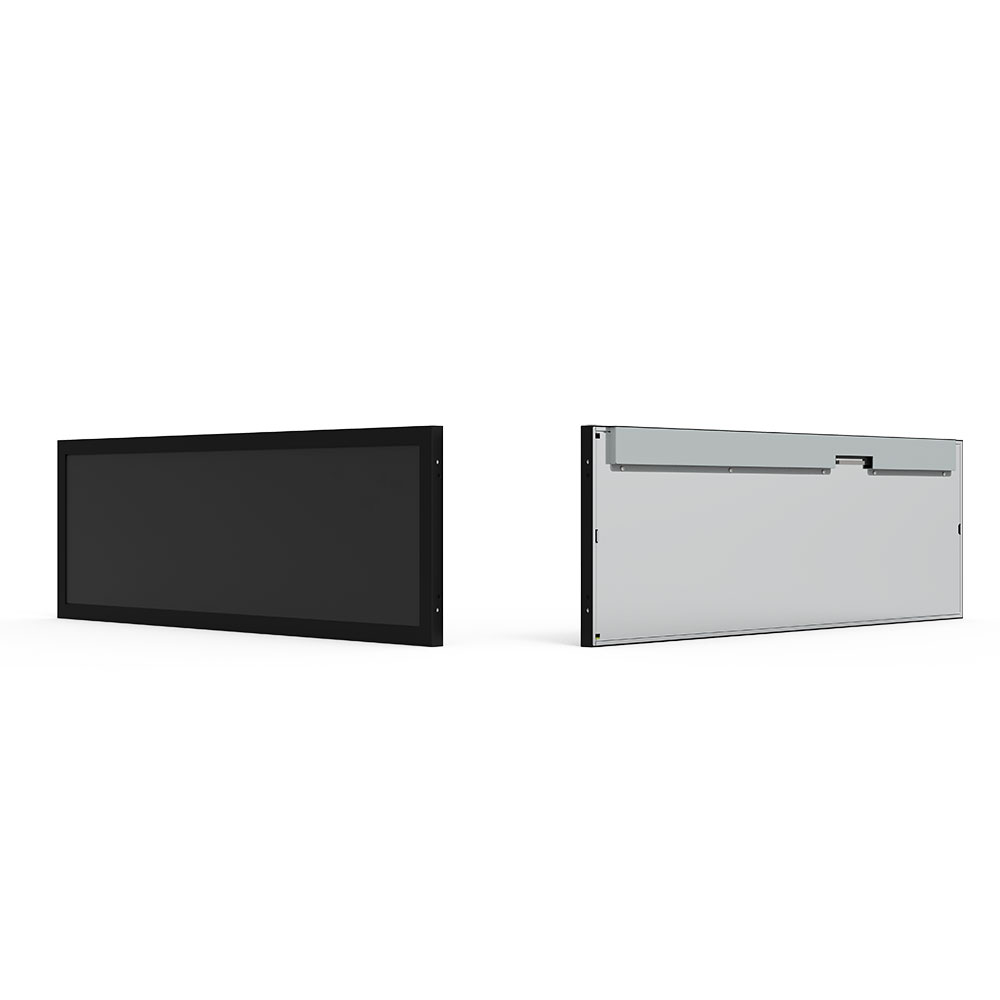- Home
- About Us
- Products
- News
- Video
- Contact
- Send Inquiry
Search
- Home
- About Us
- Products
- News
- Video
- Contact
- Send Inquiry

In today’s rapidly evolving digital landscape, outdoor high-brightness LCD screens have become indispensable for advertising, transportation, public safety, and smart city infrastructure. These displays are engineered to operate reliably under extreme environmental conditions—ranging from direct sunlight to sub-zero temperatures—while maintaining optimal visibility and performance. Unlike indoor LCDs, which typically operate at 200–500 nits of brightness, outdoor high-brightness LCDs must exceed 5,000 nits to remain legible under full sun illumination—a requirement validated by industry standards such as ANSI/IES RP-41-98 and IEC 60745.
The core technology behind these screens lies in advanced backlighting systems, often utilizing LED arrays with precision optical films and diffusers to maximize luminance while minimizing power consumption. For instance, some manufacturers now implement local dimming zones and adaptive brightness control algorithms that dynamically adjust output based on ambient light sensors. This not only improves energy efficiency but also extends the lifespan of the display components by reducing thermal stress.
One critical factor in outdoor LCD durability is protection against environmental hazards. IP65 or higher ratings ensure resistance to dust and water ingress, while UV-resistant coatings prevent screen degradation from prolonged solar exposure. In addition, hardened glass with anti-glare and anti-fingerprint treatments enhances both readability and physical resilience—features essential for urban billboards, bus stop information panels, and traffic signal integration.

Case studies illustrate real-world effectiveness. In Singapore’s Smart Nation Initiative, over 3,000 high-brightness LCD screens were deployed across public transit hubs and pedestrian zones. These displays, operating at 7,000+ nits and equipped with IoT-based remote monitoring, improved passenger information accuracy by 42% and reduced maintenance costs by 30% compared to legacy systems. Similarly, in Dubai’s Burj Khalifa, a massive 12m x 6m outdoor LCD installation uses dual-layer polarized filters and active cooling mechanisms to function seamlessly in desert heat exceeding 50°C.
Manufacturers like LG Display, Samsung Electronics, and BOE Technology lead the market with innovations such as Mini-LED backlights and quantum dot-enhanced color gamut (QD-LCD), offering up to 150% more vivid colors than standard LCDs. These advancements cater to high-stakes applications including sports venues, retail kiosks, and emergency alert systems where clarity, reliability, and responsiveness are non-negotiable.
From an E-E-A-T perspective—Experience, Expertise, Authoritativeness, Trustworthiness—this technology reflects decades of R&D investment, rigorous testing per ISO 9001 and MIL-STD-810G standards, and widespread adoption by governments and global enterprises. As cities transition toward intelligent infrastructure, outdoor high-brightness LCD screens will continue to serve as vital nodes in the digital ecosystem, delivering actionable insights, immersive branding, and life-saving information even in the harshest environments.